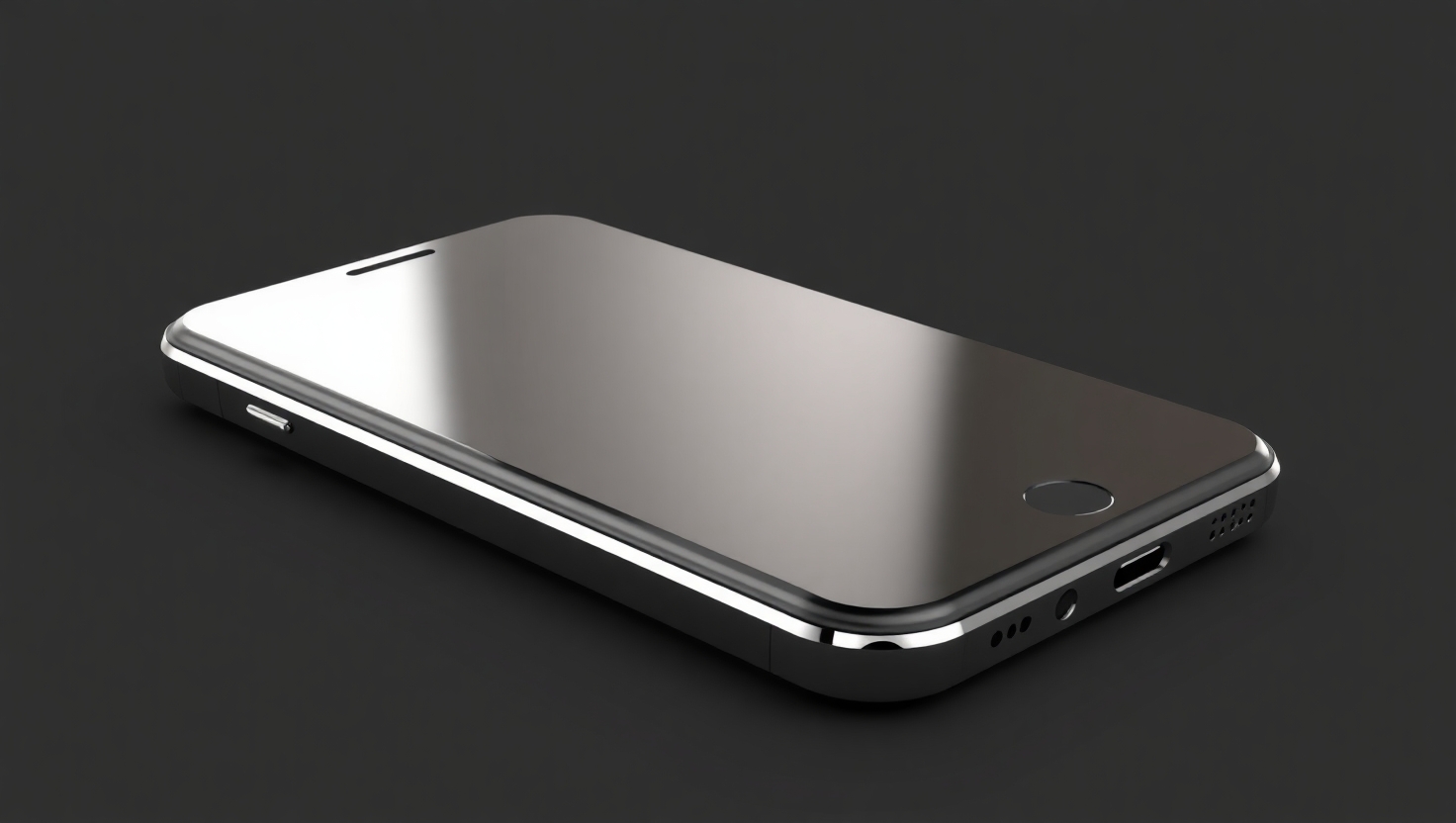The world of smartphones is changing at a dizzying pace and sometimes it’s hard to tell whether we’re witnessing a real revolution or just another cool tech trend that will fade away. One idea that’s stirring up excitement is the concept of a buttonless smartphone. Not just without a home button or physical power key, but a device that is fully operated through touch, gestures, voice and even motion. There’s something thrilling about imagining a phone that is just a smooth, polished screen with no moving parts or openings. But is this truly the ultimate innovation or are we losing something important along the way?
The vision behind this idea is simple yet ambitious. Manufacturers want to design the perfect device from an aesthetic perspective. One that not only looks futuristic but challenges old conventions. When there are no buttons, there are no ports or mechanical parts that wear out, get stuck or collect dust. A screen that stretches from edge to edge without interruptions looks like it came straight out of a sci-fi movie. And honestly, once you get used to screen gestures, voice commands and precise haptic feedback, it becomes easier to see why this direction is so exciting for the industry.
On the other hand, letting go of buttons entirely brings unexpected challenges. The screen doesn’t always respond exactly when you need it to. When the device freezes or needs a hard reboot, a physical button can be a real lifesaver. And when it comes to quick access, a simple button that lets you instantly change the volume or wake the screen is hard to replace. The truth is that sometimes the simplicity of a button is what gives you the most reliable and comfortable experience. People with accessibility needs or older users often struggle to adjust to touch or voice-based controls. Technology might be advancing but usability has to come along for the ride.
Like with many innovations, we’ll likely see a split in the market. Some devices will push the boundaries and lead the way while others will hold on to familiar elements. It’s not certain that buttons will disappear completely but they’ll probably become less common, replaced with pressure-sensitive areas or smarter forms of interaction. The future may not be clear but it’s definitely intriguing. For tech lovers, every new step is a fresh adventure. Even if not every change becomes the norm, the attempt to reinvent the way we interact with everyday devices is what makes this field so fascinating.














